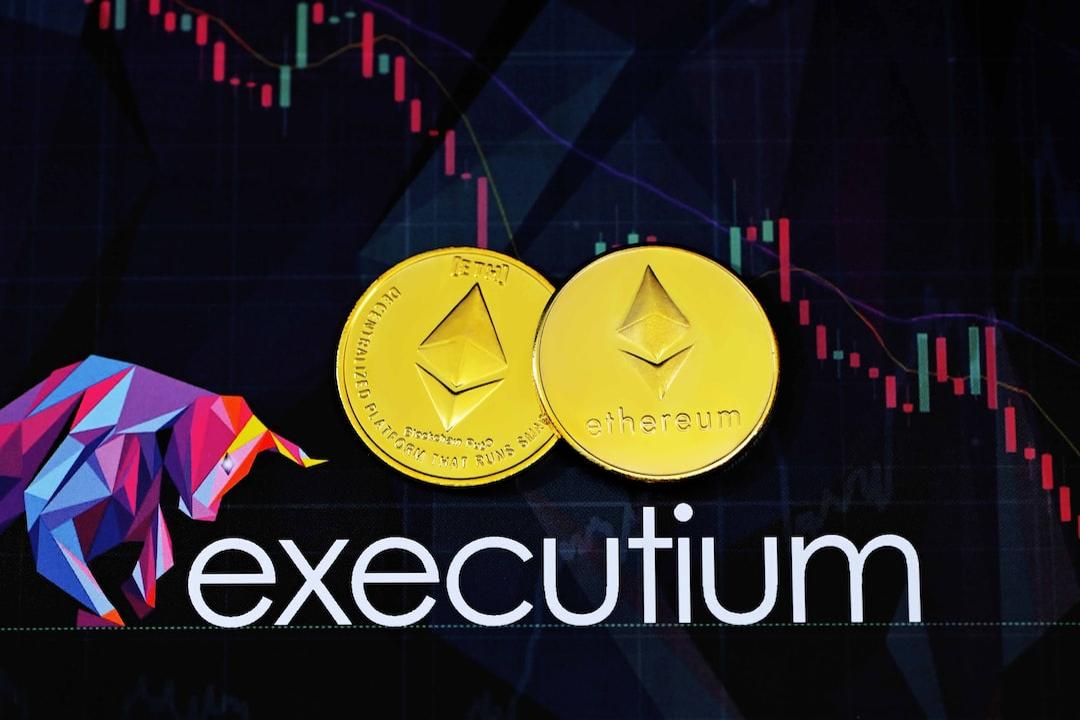The Ethereum Foundation is currently facing a crisis of trust, drawing widespread criticism from the community. Kyle Samani, co-founder of Multicoin Capital, expressed his discontent today, stating that the Ethereum Foundation has displayed a passive attitude and a lack of urgency regarding scalability issues, which has led him to lose faith in Ethereum.
(Background: No more love… Ethereum core developer: The foundation is out of touch with the community and has lost its passion for ETH)
(Additional context: The community is pressuring the Ethereum Foundation’s board to step down, with Vitalik Buterin responding angrily: The decision-making power is in my hands; outsiders should be quiet.)
Recently, the Ethereum community has expressed ongoing dissatisfaction with Ethereum’s market performance and the foundation’s continuous selling off of ETH as part of its fund management strategy. This dissatisfaction is compounded by the foundation’s failure to effectively promote ecological innovation, leaving many investors disappointed.
In an effort to reverse Ethereum’s downward trend, co-founder Vitalik Buterin recently announced significant reforms to the leadership structure of the Ethereum Foundation and is exploring solutions such as staking to address the foundation’s need to sell coins, aiming to quell community anger.
Multicoin criticizes the foundation’s passive attitude toward scalability
In response to the challenges currently facing Ethereum, Kyle Samani stated today that he entered the cryptocurrency space through Ethereum in 2016, captivated by its vision for permissionless finance and smart contracts. Ethereum was his first meaningful source of wealth. In 2017, Ethereum was at the center of the crypto world, surging 100 times in value in a year, and setting a record as the fastest to reach a market capitalization of $100 billion.
Ethereum was my entry into crypto in 2016. I fell in love with the vision for permissionless finance and smart contracts. ETH was my first meaningful source of wealth. In 2017 Ethereum was the center of crypto. Up 100x in a year. ICOs. Future of finance. Gas fees spiking.…
— Kyle Samani (@KyleSamani) January 21, 2025
Kyle Samani lamented that Ethereum was once the king of the world, but it now faces significant issues, particularly with scalability. He recalled feeling disappointed during Vitalik Buterin’s keynote speech at Devcon 3 in November 2017, which failed to mention any scalability solutions:
“This speech didn’t even attempt to address the scalability issue. After listening to the talk, I felt extremely disappointed. I couldn’t understand how the Ethereum Foundation could be so completely oblivious. How could they ignore what was happening around them and present a credible plan with a specific and proactive timeline? This is your annual developer conference, meant specifically for sharing plans. This chain has a market cap of $100 billion, relying entirely on this plan—how could you not even try to solve this obvious problem?”
Kyle Samani pointed out that Devcon 3 was the moment he lost faith in Ethereum, and seven years later, the Ethereum Foundation still suffers from a disconnect between its leadership and user needs, as well as a lack of clear development direction.
His comments resonated with the community, with one user noting that, to be fair, Vitalik did discuss scalability back then, acknowledging that Ethereum was too expensive and too slow. However, in recent years, the foundation has abandoned all the solutions it initially promised and now only hopes that L2 systems can solve all ecological issues, criticizing that “this is either naive thinking or they have given up on solving the problems.”
Eric Conner’s disappointment leads to departure
Recently, the Ethereum Foundation has been mired in turmoil, and despite the ongoing significant reforms to its leadership structure, the community’s disappointment with the foundation has not dissipated. Ethereum core developer and co-author of EIP-1559, Eric Conner, even announced his departure from the Ethereum community on the 21st, reflecting the deep-seated divisions within the community regarding the foundation’s governance model and development direction.


